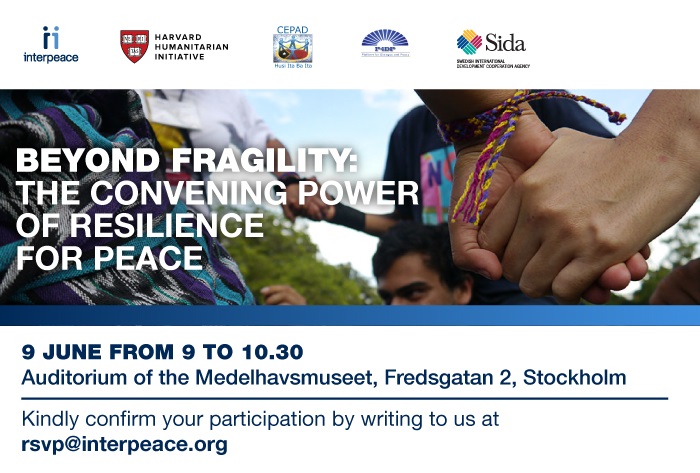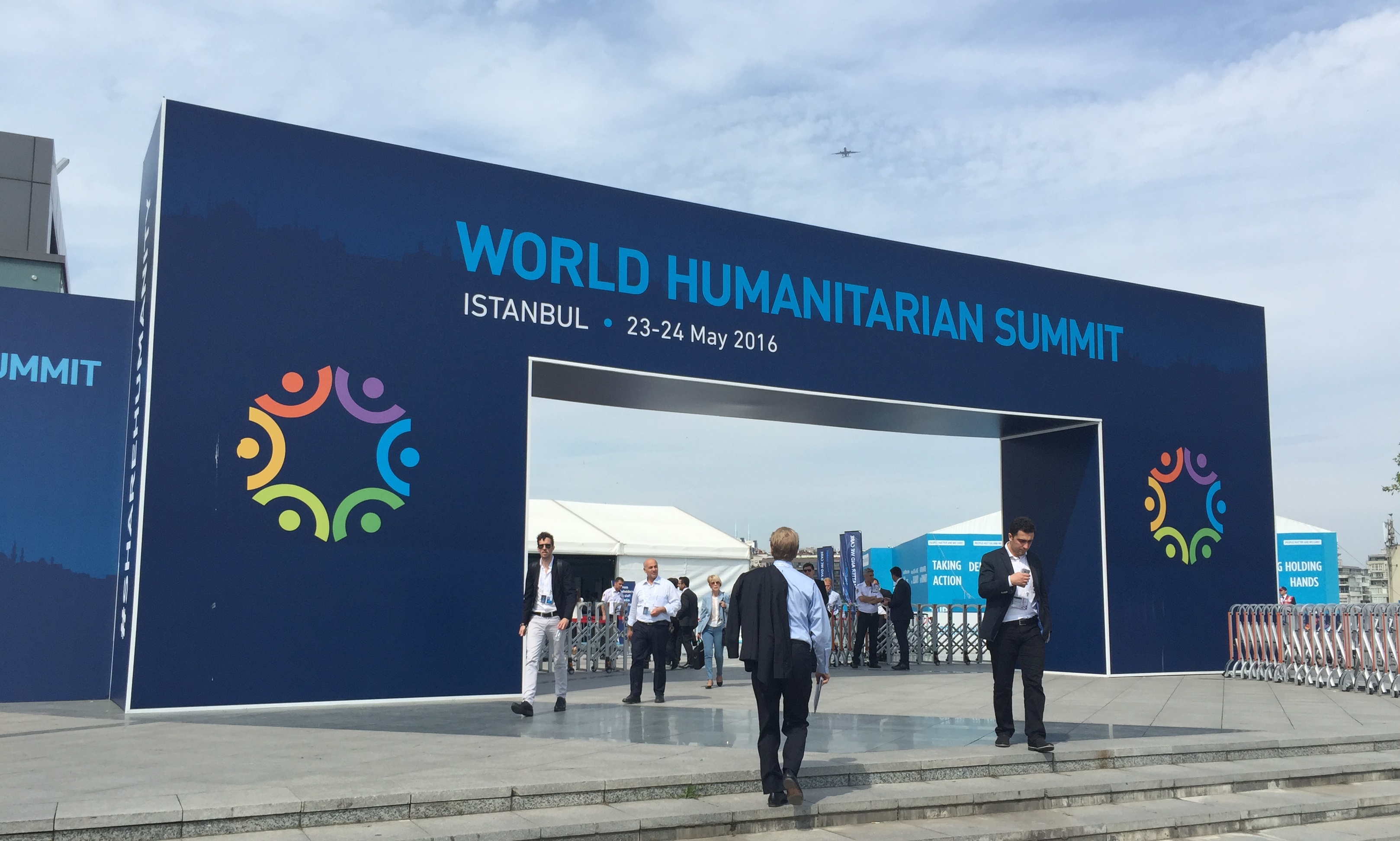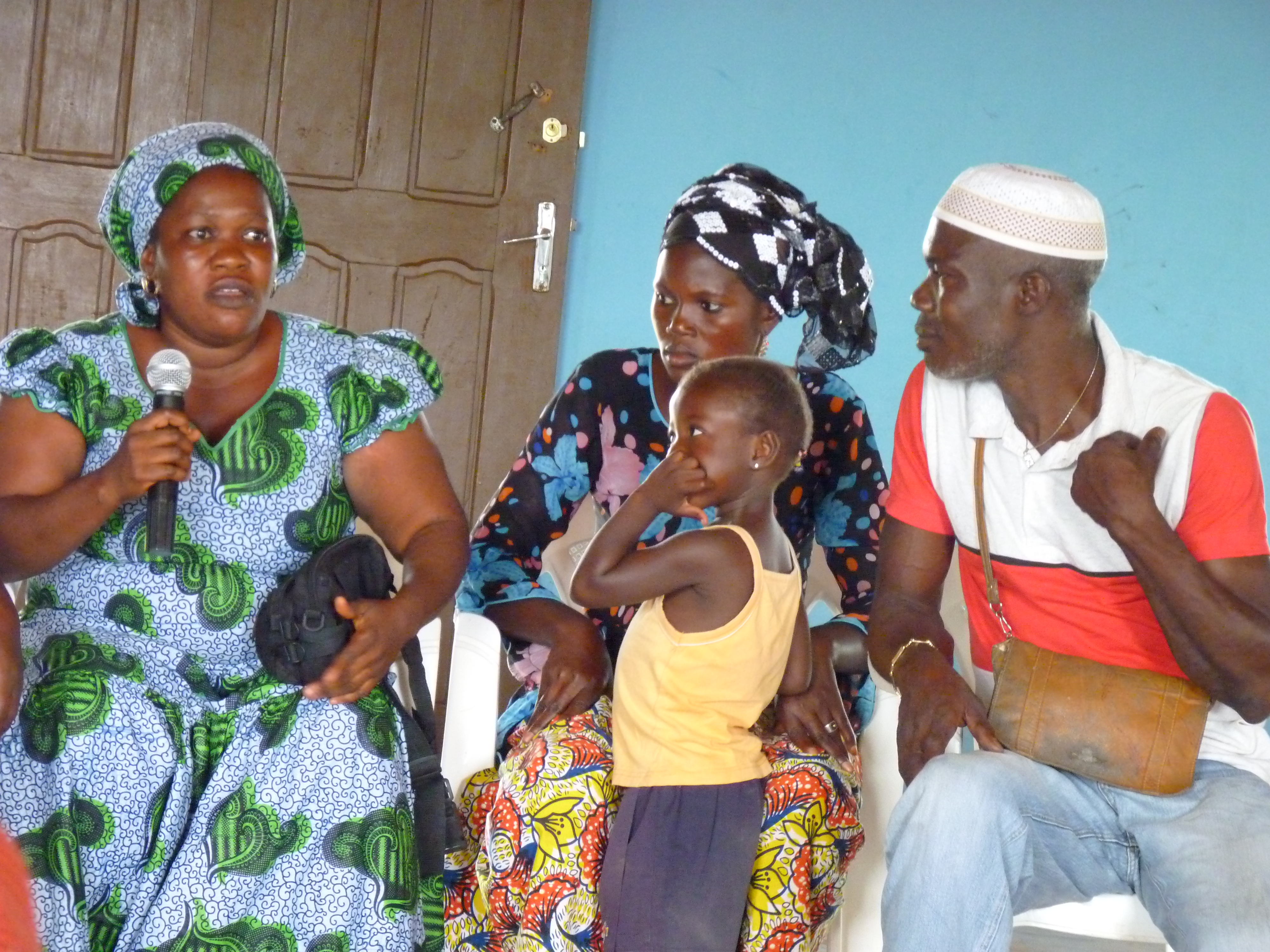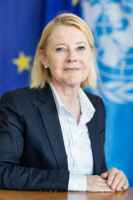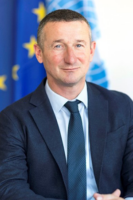Interpeace Launches a Guidance Note on Assessing Resilience for Peace
Over 80% of humanitarian emergencies around the world today are conflict-related. More than half of all these crises are protracted conflicts of 8 years or more. Whereas immediate needs of vulnerable and suffering populations are only increasing, the trend will not abate unless we focus greater attention on preventing these conflicts in the first place and resolving existing ones more sustainably.
The brave people working to build peace in such contexts tend to focus their attention on the fault-lines of a country, the nature of broken relationships and mistrust that are at the heart of a society’s fragility. Those efforts often overlook deep sources of resilience that exist even in the most difficult circumstances. When identified and enhanced, those factors of positive resilience provide a powerful basis upon which to build a more durable peace.
It is with this vision that Interpeace initiated the Frameworks for Assessing Resilience Programme in order to identify, analyze and strengthen sources of resilience for peace. With case studies in Liberia, Guatemala et un Timor-Leste, local people and their authorities were engaged through qualitative consultations, quantitative surveys and multi-sectoral dialogue processes in order to articulate - in their own voice - the endogenous capacities for resilience for peace that they possess.
The experience of assessing resilience for peace in three pilot countries, combined with an expert-practitioner dialogue on resilience as well as an extensive literature and practice review has fed into the development of a framework and guidance note on assessing resilience for peace. This Guidance Note will enable practitioners and policy makers working in the peacebuilding and related fields to integrate a resilience approach and indeed resilience assessments into their work
For practitioners, resilience assessments can complement conflict analyses in the design of conflict-sensitive and context-specific policy and programming, whilst also drawing attention to the endogenous capacities that exist at different levels of society. It can also offer a crucial tool, for national and international actors alike, to assess what progress is being made (or not) over time towards the strengthening of sources of resilience for peace, the reduction of risks of conflict and, crucially, the prevention of factors of fragility.
For policy-makers, a resilience approach has a strategic value in seeking to provide a common language – resilience – upon which greater synergies can be nurtured between the fields of peacebuilding on one hand, and humanitarian action, development assistance and disaster recovery, on the other.
The Guidance Note will be launched during a panel discussion hosted by Interpeace in Stockholm on June 9th.
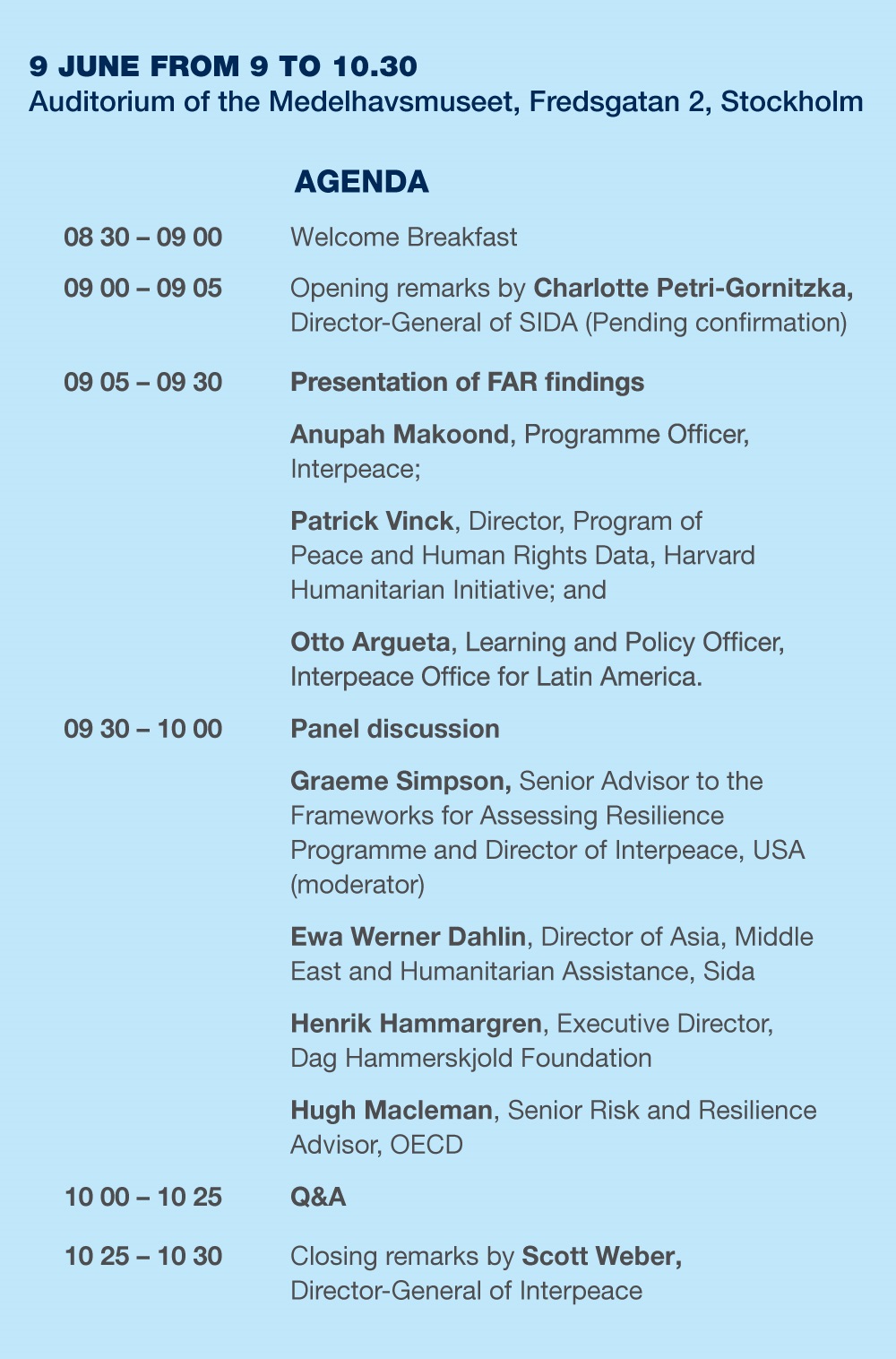
Agenda for the Stockholm FAR Launch event
Lire le Guidance Note for Assessing Resilience for Peace.
Lire une bref exposé qui reflète ce que l'expérience du FAR nous a appris sur les spécificités de la résilience en relation avec les conflits et la valeur ajoutée de l'utilisation d'une approche de résilience pour la consolidation de la paix
Lire une note d'information sur la pertinence de la résilience pour la paix dans la poursuite des Objectifs de développement durable de l'Agenda 2030.
En savoir plus sur les études de cas spécifiques :
Liberia
Lire le rapport sur le Liberia.
Timor-Leste
Lire le rapport sur le Timor oriental.
Lire le Survey Report for TimorLeste.
Guatemala
Lire le rapport sur le Guatemala.
Lire le rapport d'enquête sur le Guatemala.
